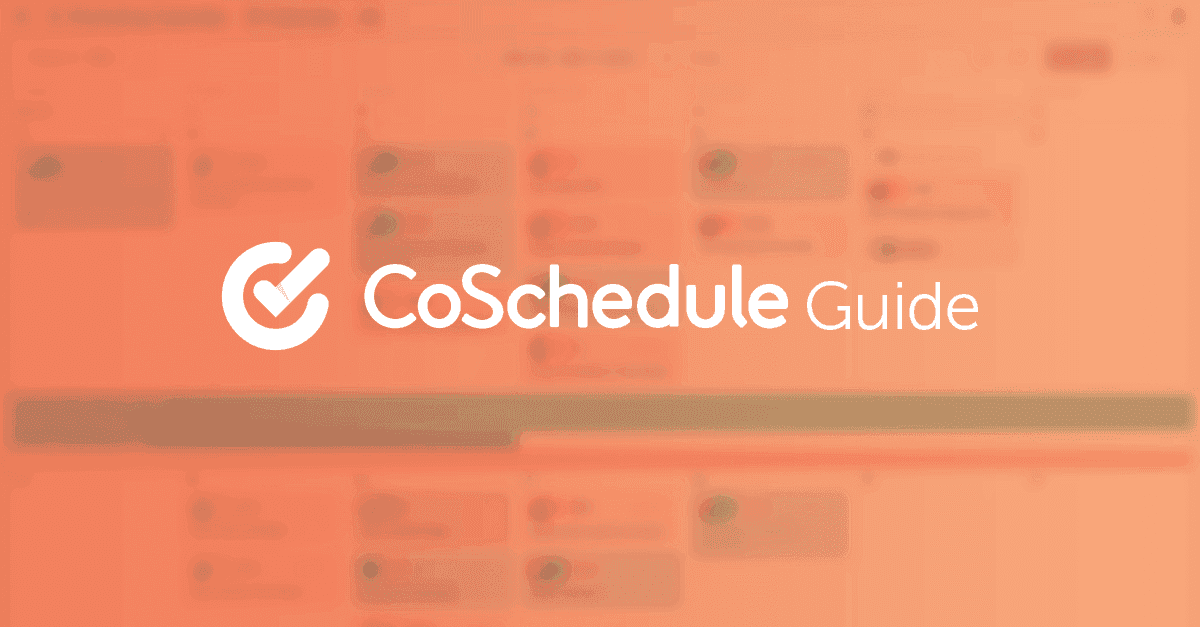73 Easy Ways To Write A Headline That Will Reach Your Readers [FAKE] – HS
 It’s common to overlook the importance of a headline. Whether you like it or not, a headline is what will determine how many people actually read your content. Even if your content is truly unique and innovative, a weak headline will ruin its chances of being super successful.
This comes as a shock to far too many people.
Fortunately, data and analytics combined with these 73 tips can help you write great headlines that will instantly capture the attention of your readers. We don’t want your content to go to waste because your headline didn’t perform well enough, so we’re here to make sure you can craft the most compelling headlines possible.
[headline_studio_signup_shortcode]
It’s common to overlook the importance of a headline. Whether you like it or not, a headline is what will determine how many people actually read your content. Even if your content is truly unique and innovative, a weak headline will ruin its chances of being super successful.
This comes as a shock to far too many people.
Fortunately, data and analytics combined with these 73 tips can help you write great headlines that will instantly capture the attention of your readers. We don’t want your content to go to waste because your headline didn’t perform well enough, so we’re here to make sure you can craft the most compelling headlines possible.
[headline_studio_signup_shortcode]
73 Easy Ways To Write A #Headline That Will Get The Best Results
Click To TweetDownload Your Own Headline Writing Template Kit
It's important that you get off on the right foot with your content, starting with your headline. Headlines are the first part of your content that audiences will see, so make sure it really captures their attention by downloading this bundle to light the way. This kit includes:- How to Write Headlines: A list of words that drive traffic, shares, and search results.
- Infographics from this post: These infographics include important information about why headlines are key.
- Marketing Calendar: Stay on top of your game by referring to your very own marketing calendar.
1. Understand the Importance of Writing Great Headlines
 Your headline makes your first impression with readers. A strong headline can drive more clicks. A weak one can send traffic away.
That's why it's important to spend time getting them right.
25 headlines might sound like a lot. However, if anything, you could consider this the bare minimum. Some will be better than others. Some, in fact, will be downright terrible.
That's okay though. You have to burn through bad ideas before you can find what works.
Your brain was made for this. Headline generation is just another form of idea generation that forces you to use your brain’s reticular activating system (RAS) to inspire creativity. RAS is an important part of our brain that is used for things like breathing, sleeping, waking, and the beating of our hearts. It is basically the part of the brain that works when we aren't.
By forcing ourselves to generate more than a few headlines, we put our brain to work using our RAS. We may think of 10 headlines right now, and then suddenly generate a few more when we aren't even trying (or while writing the post itself).
This is your RAS at work. It is subconsciously providing you with creative ideas while you are busy doing other things. As much as we try to systematize it, creativity is often very spontaneous, and can actually get "better" with time.
From Psychology Today:
Your headline makes your first impression with readers. A strong headline can drive more clicks. A weak one can send traffic away.
That's why it's important to spend time getting them right.
25 headlines might sound like a lot. However, if anything, you could consider this the bare minimum. Some will be better than others. Some, in fact, will be downright terrible.
That's okay though. You have to burn through bad ideas before you can find what works.
Your brain was made for this. Headline generation is just another form of idea generation that forces you to use your brain’s reticular activating system (RAS) to inspire creativity. RAS is an important part of our brain that is used for things like breathing, sleeping, waking, and the beating of our hearts. It is basically the part of the brain that works when we aren't.
By forcing ourselves to generate more than a few headlines, we put our brain to work using our RAS. We may think of 10 headlines right now, and then suddenly generate a few more when we aren't even trying (or while writing the post itself).
This is your RAS at work. It is subconsciously providing you with creative ideas while you are busy doing other things. As much as we try to systematize it, creativity is often very spontaneous, and can actually get "better" with time.
From Psychology Today:
The creative process moves through five stages. It begins with preparation--an analytical time when the basic information or skills are assembled. It continues on to incubation–a more intuitive and subconscious time in which you connect the dots in a default state. If you stick with it through perspiration, this process will eventually lead to revelation–the eureka experience when you literally feel the tumblers of your mind click into place and you say: 'A-ha, I have found the solution!' The creative process ends with production, a time when the insights are put into a useful form and shared with others.Headline generation lives right there between incubation and perspiration. But, what's even more interesting is how our ideas develop over time. This is something that Tim Hurson calls the third third.
2. Follow the Rule of the Third Third
In his book, Think Better, Tim Hurson defines an interesting phenomenon that clearly proves why more headlines are better than just a few. One of his key points is the miracle of the third third. It works something like this: if you are looking to generate 100 different ideas, studies have shown that the ideas will generally fall into three different groups.- The first third (up to idea 33): This group will consist of the most obvious picks. They’ll be "typical" and won’t usually represent anything new or interesting. In other words, they will be the least creative. If you are like most bloggers, this is where most of your headlines come from. Oops!
- The second third (idea 34 to 67): During the second third, your ideas will start to gain some momentum. You will begin to think more creatively and start to generate some actual "new ideas." But, don't stop there. Many of them will still be based on prior knowledge and experience.
- In the third third (ideas 68 – 100): The final third will represent your best chance at coming up with a unique and innovative idea. During the first two thirds, you were able to exhaust the obvious ideas, forcing the new and unique to float to the top.
"You have to get the first third ideas out of your head to make room for the second third and third third ideas to come." - Tim Hurson
Click To Tweet My brainstorm clearly followed the rule of the third third.
In the previous example, there is a clear example of the third third phenomenon at work. When you break down my headlines you can see that I clearly got more "desperate" and more creative toward the end. The winning headline actually came from my final third. It's pretty telling, and makes you wonder — what would have happened if I'd written 100?
Malcom Gladwell is famous for telling us that it takes 10,000 hours to become an expert. The question here is how many headlines does it take to make a good one? If nothing else, we know that experience pays. By putting headlines into an idea generation process, we activate our RAS, push our creative comfort zone, and slowly get better at it over the long haul. You know what they say: practice does make perfect.
My brainstorm clearly followed the rule of the third third.
In the previous example, there is a clear example of the third third phenomenon at work. When you break down my headlines you can see that I clearly got more "desperate" and more creative toward the end. The winning headline actually came from my final third. It's pretty telling, and makes you wonder — what would have happened if I'd written 100?
Malcom Gladwell is famous for telling us that it takes 10,000 hours to become an expert. The question here is how many headlines does it take to make a good one? If nothing else, we know that experience pays. By putting headlines into an idea generation process, we activate our RAS, push our creative comfort zone, and slowly get better at it over the long haul. You know what they say: practice does make perfect.


![Cover Image for How To Organize Your Email Marketing Calendar The Best Way (Template) – [ Inline Styled Snippets]](/_next/image?url=https%3A%2F%2Fmedia-staging.coschedule.com%2Fuploads%2F2022%2F12%2FBlog_How-To-Organize-Your-2023-Email-Marketing-Calendar-The-Best-Way_Featured.png&w=2048&q=75)